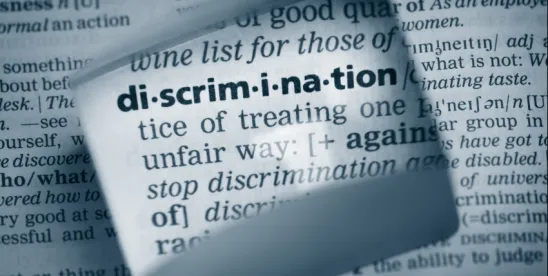In the case of Muldrow v. City of St. Louis, Missouri, et al. 143 S.Ct. 2686 (2023), the U.S. Supreme Court issued its decision clarifying the legal standard required for an employee to show harm as a result of discrimination under Title VII. The case involves Sergeant Jatonya Muldrow, who works for the St. Louis Police Department. Sergeant Muldrow was transferred out of her unit, over her objection, and replaced with a male officer. The transfer did not result in a diminishment of rank or pay, however according to Sergeant Muldrow, her responsibilities, perks and schedule were impacted. The transfer placed her in a less prestigious position with fewer opportunities to work on important investigations and network with commanding officers.
The District Court granted summary judgment in favor of the City. It held that Sergeant Muldrow needed to show that the transfer effected a significant change in working conditions, producing material employment disadvantage. The District Court reasoned that a loss of networking opportunities was immaterial because there was no evidence that it harmed Sergeant Muldrow’s career prospects and, given her continued supervisory role, there was no significant alteration to her work responsibilities. The Eighth Circuit Court of Appeals affirmed the Eastern District of Missouri’s grant of summary judgment.
In a unanimous decision, authored by Justice Elena Kagan, the Supreme Court vacated the judgment of the Eighth Circuit and remanded the case for further proceedings consistent with its opinion. The Supreme Court opinion stated “To make out a Title VII discrimination claim, a transferee must show some harm respecting an identifiable term or condition of employment. What the transferee does not have to show, according to relevant text, is that the harm incurred was ‘significant.’”
The Supreme Court’s decision warned courts about requiring an “elevated threshold of harm” from employees alleging discrimination. Justice Kagan’s opinion states the relevant statutory language prohibits discrimination against an individual with respect to the terms, conditions or privileges of employment because of that individual’s protected characteristic and requires a showing that the employment decision produced some identifiable injury or harm.
The Supreme Court’s opinion made clear that there is nothing that allows a court to distinguish between discrimination that produces “significant disadvantages” and “not so significant ones.” Justice Kagan reasoned that requiring a claimant to show significance imposes a new requirement and demands more than the law requires of a Title VII claimant.
Employers who are considering transferring an employee to another position or restructuring positions such that it may affect an employee’s job duties or benefits should speak with counsel.




 />i
/>i

